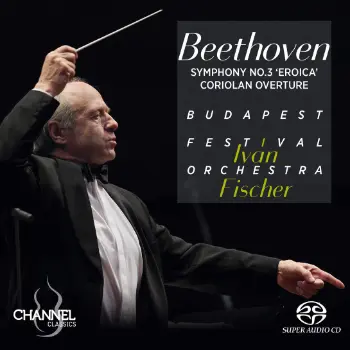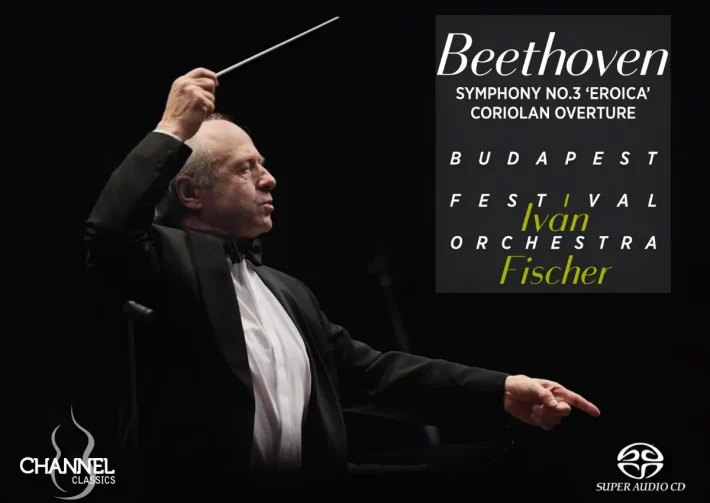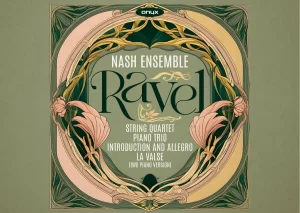In contrast to the historically informed performances that dominate the contemporary musical landscape, Iván Fischer’s interpretation of Beethoven’s Eroica Symphony and Coriolan Overture presents a distinct contrast. His approach harks back to an earlier interpretative style, offering a welcome alternative for listeners accustomed to the currently prevalent approach.

Check offerings of this album on Amazon.
The most immediately noticeable aspect is the overall orchestral sound. The strings are warm and expressive, employing a noticeable vibrato. The brass section takes a more blended approach, lacking the pronounced rusticity characteristic of many period-instrument performances. The timpani provide a solid foundation without overwhelming the overall soundscape. This style is particularly evident in the opening movement, which immediately transports the listener to a bygone era of Beethoven interpretation; less rebellious perhaps, more noble.
Fischer’s adherence to this earlier style doesn’t diminish the orchestra’s power or his ability to deliver impactful moments. The “whiplash chords” at 2’44″ serve as a prime example, executed with impressive precision. While conductors like Barenboim (with the Staatkapelle Berlin, Warner), might achieve a sharper intensity in such passages, Fischer’s approach offers a viable alternative.
One of the performance’s strengths lies in Fischer’s handling of transitions. The Budapest Festival Orchestra excels at balancing sections within the ensemble, creating a seamless blend while showcasing individual virtuosity. This is particularly well-demonstrated in the opening movement, where a theme seamlessly passes between instrumental groups (from 0’55” onwards), a feat further aided by the clear and detailed recording engineering, taken at Budapest’s Rumbach Street Synagogue.
The Marcia Funebre is appropriately somber and imbued with a sense of mourning, yet resolute. The strings deliver a superb performance, building to a well-controlled climax. The following Scherzo offers a welcome respite, maintaining a cheerful mood without veering into excessive comicality. The horns deserve particular praise for their lively execution (track 3, 2’42”).
A minor criticism can be leveled at the final movement, which feels slightly restrained compared to other interpretations. Here, Fischer doesn’t quite capture the rebellious spirit Beethoven might have intended, a quality prominent in recordings by recent recordings by conductors like Honeck and Nelsons. A second, minor point concerns the occasional close miking of the woodwinds, which can disrupt the overall balance.
Fortunately, the Coriolan Overture that concludes the program provides the excitement missing from the finale of the Eroica. Fischer and the orchestra navigate the score’s dynamic shifts with impressive ease, seamlessly executing the transitions from hushed passages to forceful outbursts. Fischer’s master use of subtle tempo fluctuations adds further depth to the performance.
When considered within the context of Fischer’s ongoing Beethoven symphony cycle, this recording stands out for its commitment to a specific sound and interpretative style. While not necessarily groundbreaking, it delivers a highly enjoyable performance that will please collectors following this cycle. For those who already own a more “historically informed” perspective on Beethoven, Fischer’s Eroica offers a welcome departure from the contemporary mainstream.

Recommended Comparisons
Eroica: Honeck | Barenboim | Wand | Klemperer
Coriolan: Furtwangler | Reiner | Harnoncourt

Check offerings of this album on Amazon.
Album Details |
|
|---|---|
| Album name | Beethoven – Symphony No. 3 (“Eroica”) |
| Artist | Budapest Festival Orchestra |
| Artist | Iván Fischer |
| Artist | Prjct Amsterdam |
| Catalogue No. | CCSSA46524 |
| Label: | Channel Classics |
| Work | Beethoven – Symphony No. 3, Op. 55 (“Eroica”) |
| Work | Beethoven – Coriolan Overture, Op. 62 |
| Amazon link | Buy here |
| Apple Music link | Stream here |
Included with an Apple Music subscription:
Latest Classical Music Posts
Read more classical music reviews or visit The Classic Review Amazon store
Follow Us and Comment:
[wd_hustle id=”HustlePostEmbed” type=”embedded”]


















